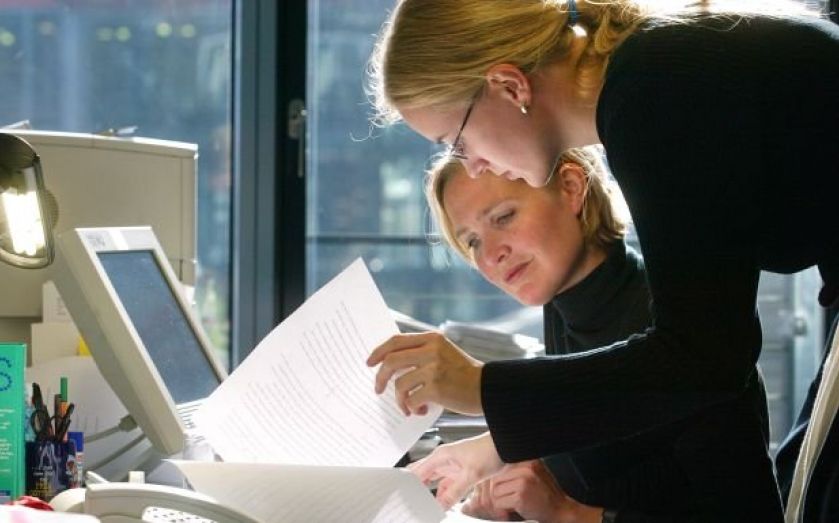| Updated:
Battle of the sexes: Who fares worse in a competitive work environment?

When it comes to creativity and collaboration at work, pitting staff against each other has a strikingly different effect on the performance of men and women, according to researchers at the Olin Business School at Washington University in St. Louis.
Their study, which is published in the journal Organization Science, suggests that as competition heats up among colleagues, men become more creative while women become less so.
“Intergroup competition is a double-edged sword that ultimately provides an advantage to groups and units composed predominantly or exclusively of men, while hurting the creativity of groups composed of women,” says Markus Baer, lead author of the study.
Called "Intergroup Competition as a Double-Edged Sword: How Sex Composition Regulates the Effects of Competition on Group Creativity", the paper combines the results of experiments looking at the way in which men and women work together in a college environment with the interactions of employees at an oil and gas company. It also draws on data gathered from 50 previous experiments.
“If teams work side by side, women tend to perform better and even outperform men – they’re more creative,” says Baer. “But women contributed less and less to the team’s creative output when the competition between teams became cut-throat, and the fall-off was most pronounced in teams composed entirely of women.”
It was the exact opposite for men, who tended to gel together and become more interdependent and collaborative when an element of competition was added.
The study does not indicate that women are bad at competing, Baer adds, but highlights the existence of gender stereotypes in the work place. “It’s that the way society study views women and the way we view competition, gender specific, has an impact and that impact is observable in the lab as well as in the field," he says. "It changes behaviours and outcomes.”
Based on the findings, he suggests that competition should not be used in all situations to stimulate creativity. “Given that women represent a growing portion of the workforce, using competition as a means to enhance the creativity of groups, regardless of how they are composed, implies that the creative potential available to businesses is seldom fully realised,” he says.